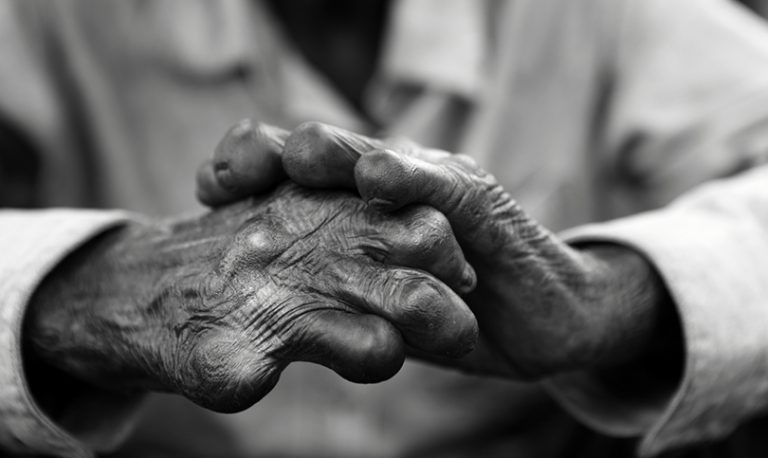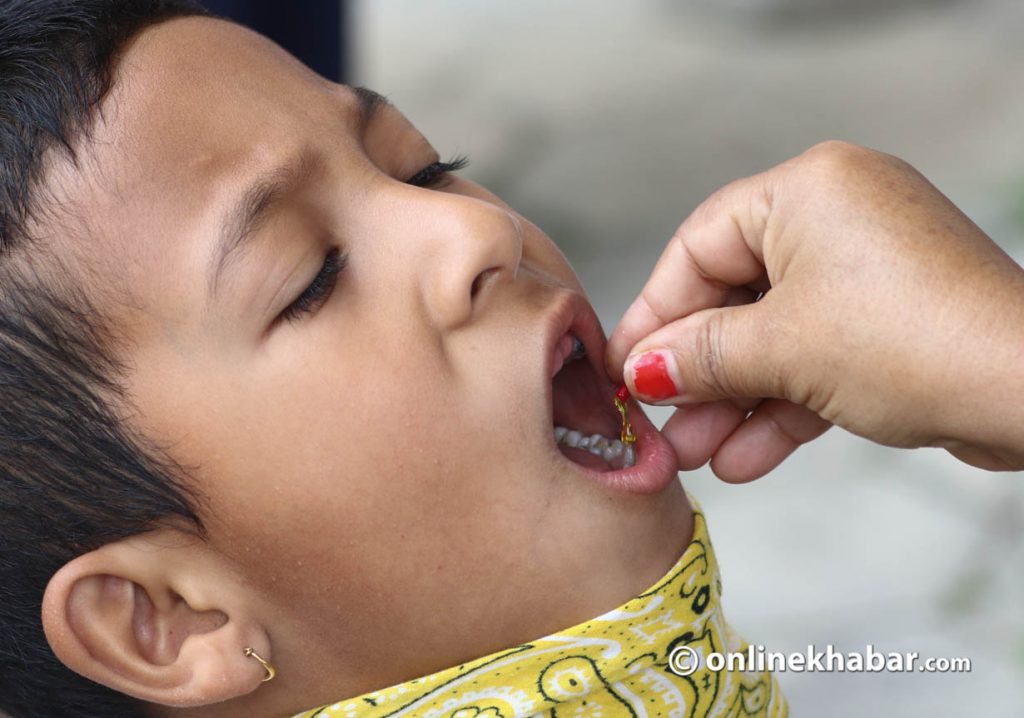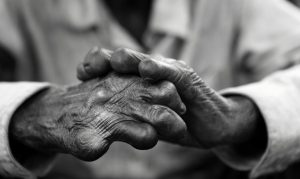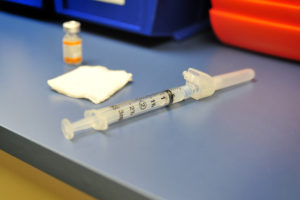Leprosy, an infectious disease caused by a bacillus named Mycobacterium leprae, has been known to humankind for a long time. Hence, it is one of the oldest diseases too. Nepal was leprosy-free in 2009 [declared it in January 2010], but at least 3,000 people are still suffering from the disease on a yearly basis. There are a few organisations that have been dedicating their work to treating and eliminating the disease altogether.
One such institution is Anandaban Hospital in Lele of Lalitpur, operating under The Leprosy Mission Nepal. On the occasion of World Leprosy Day, Onlinekhabar caught up with Dr Mahesh Shah, the medical director of the hospital, to talk about leprosy in Nepal, its status and the treatment. Shah has over 25 years of experience in dermatology and making progress in the reconstructive surgery field, giving another chance to patients.
Excerpts
What is the status of leprosy in Nepal today?
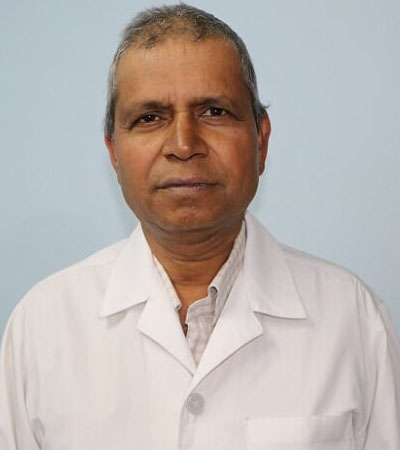
We were reporting about 3,000 cases every year up until 2019. But, this dropped significantly during and after the Covid-19 period.
We were reporting about 3,000 cases every year up until 2019. But, this dropped significantly during and after the Covid-19 period. It is because the patients did not reach the health institutions and vice versa. The data from 2020 (2076/77) only reported 1,853 cases where 141 were children below 15 years (7.6 per cent), 101 children were ones with disability (5.45 per cent) and six were children of 15 years and below with disability (0.32 per cent).
But, there are many institutions that are working actively in their treatment. And, given that we have a multi-drug medication system and reconstructive surgery, we have improved the status of those battling the disease.
Why is Nepal still battling leprosy if the country declared itself leprosy-free over a decade ago?
Leprosy is one of the oldest known diseases. The disease and its symptoms have been mentioned in various religious texts including Swasthani, and also in different religions like Christianity. People knew the disease but considered it a result of sins and actions of past life. So, reporting leprosy cases is still a challenge.
Another challenge is the nature of the disease itself. It is a less infectious disease and has an incubation period of two to five years, allowing it to progress. Many who notice the changes or symptoms and reach the health institutions are already late.
The World Health Organization set up a leprosy-free mission in 1991. And, Nepal achieved the goal in 2009. Achieving the goal meant to reduce the patient number to less than 1 per 10,000. We have a pretty steady number of cases, but we are struggling to bring the number down to zero.
Does it mean the efforts to curb the problem decrease after the leprosy-free declaration?
No, absolutely not. There may have been fewer public service announcements or public programmes, but the efforts have not changed. Those working in this field have been making the same efforts to reach out to the people on a community level and treat those who have been identified. Treatment and reconstructive surgery have been striding forward as well.
There are still hospitals and referral institutions working to treat the patients in various parts of the country, including Pokhara, Nepalgunj, Surkhet, and Dhangadhi.
What are the major symptoms and impacts of the disease?
The bacterial infection and its effects are seen in the nervous system. It affects the motor, sensory and autonomic or peripheral nervous systems. It also affects the eyes and hands, and further causes deformity of various degrees.
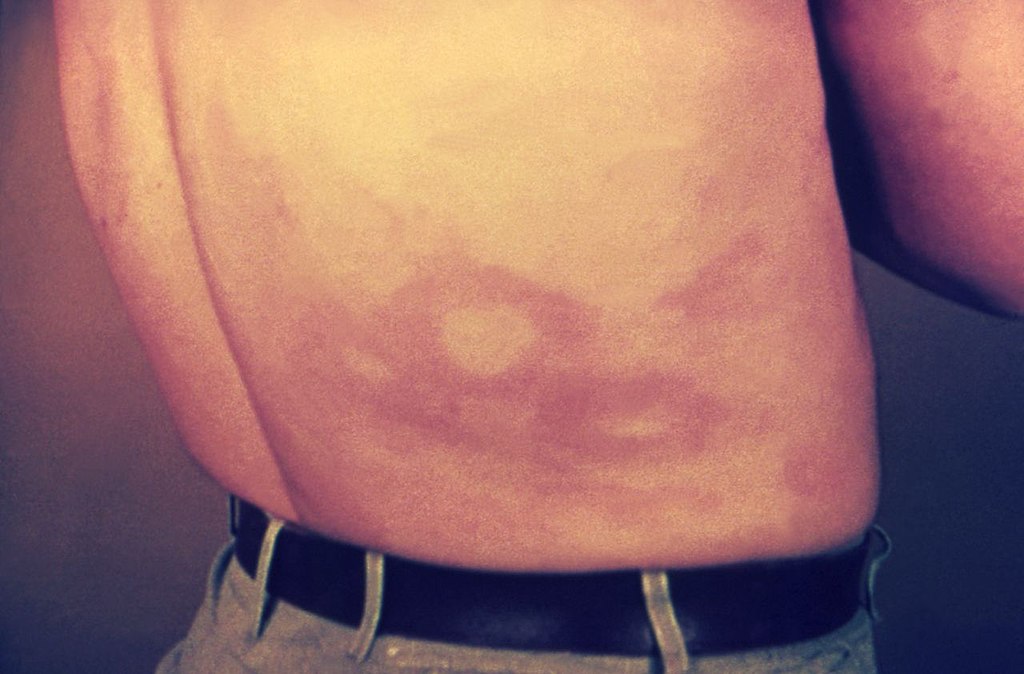
The early signs include hands and feet going hot and cold, numb or anaesthetic. This includes them not feeling burns or ulcers. They also affect their movement and walking abilities. People also get skin patches that are numb and unresponsive.
Other signs include falling eyelashes, swollen eyes, earlobes swelling and people not being able to close their eyes. They further develop trauma, and some even go blind.
Leprosy, over time, can develop into disability, deformity or both of human organs. There are different degrees of disability. There are three grades. Grade 0 is no eye problem or loss of vision; Grade 1 is having anaesthetic limbs, but no visible deformity or damage, and Grade 2 is the presence of visible deformity or damage.
So, how has the country made progress in the medication or treatment of the patients?
Up until World War II, there was no medication. Even in Nepal, those who showed symptoms were isolated and quarantined in Khokana. It was a norm since the Malla era.
When an individual reports leprosy, there are chances of other family members getting the disease too. There have been no tests to detect leprosy beforehand. But, if someone has been detected, it is advised that we do contact tracing. We can do a smear test to determine the infection from the ears.
We have not seen specific reasons as to why and how the infection begins. But, genetics have been known to be a factor too.
But, we have made progress in treatment too. In 1982, the WHO prescribed a list of medicines that are to be consumed by the patients. Depending on the patients, we prescribe one or multi-drug medicines that help them combat the disease. The drugs are prescribed to them from a period of six months to one year, depending on the severity of the cases.

From the very first dose of the medication, the infection chances drop down to 99 per cent. So, we do not need to isolate the patients anymore. Now, with reconstructive surgery, physiotherapy and rehabilitation, we can give them a new chance in life.
The medications are all available free of cost and given to the patients on a monthly basis from health offices across the country.
How has the Covid-19 pandemic affected leprosy patients in Nepal?
The impact was surely seen. First of all, it was the hardest to reach out to patients and give them the drugs. Due to the lockdown, health officials and the patients lost contact with them. For the same reason, it also became hard for people to report their disease on time.
During the pandemic, the resources and skilled human resources had to be redirected to treat the Covid-19 patients. The health officials themselves were infected by the virus. Other than that, the patients were vulnerable to the Covid-19 variants.



